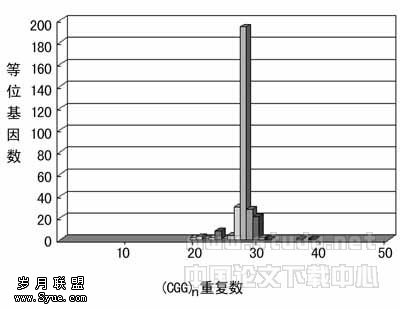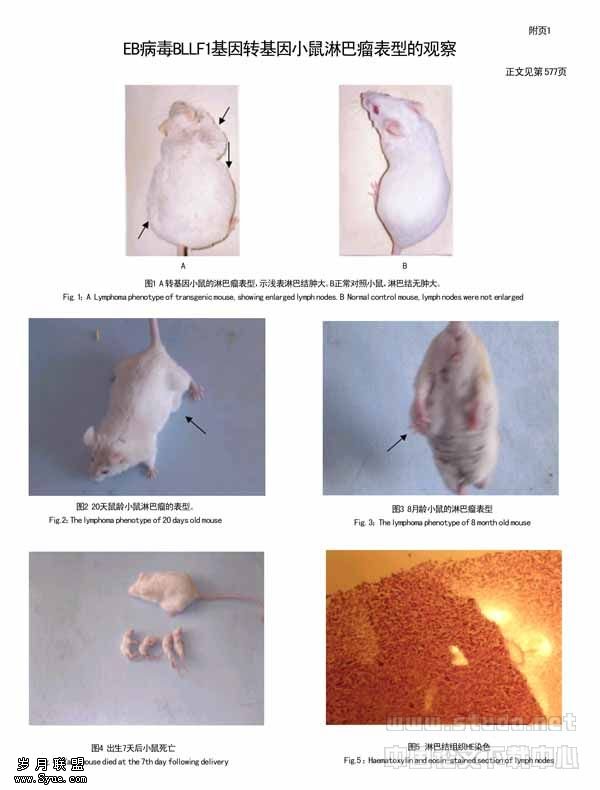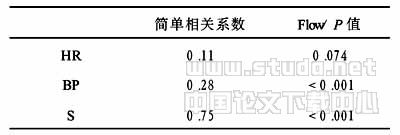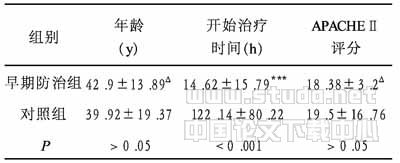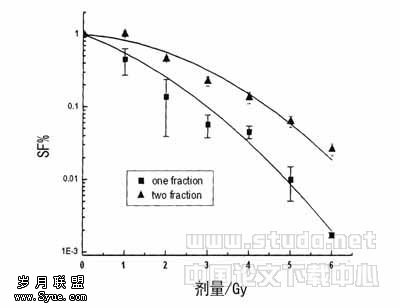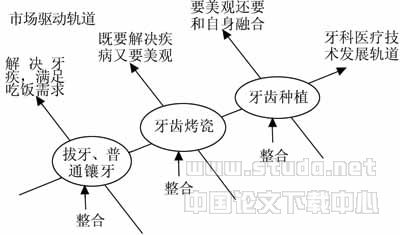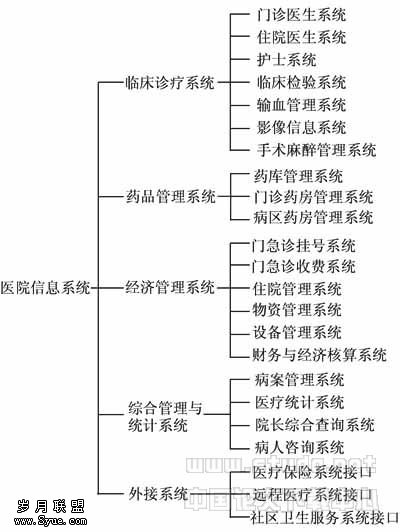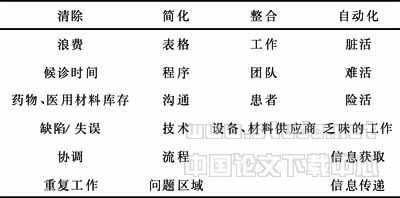连续肾替代治疗对心脏术后多器官功能障碍患者的救治
【关键词】 连续肾替代
Treatment on post cardiac surgery patients with multiorgan dysfunction by continuous renal replacement therapy (CRRT)
【Abstract】 AIM: To investigate the effectiveness of continuous renal replacement therapy (CRRT) in post cardiopulmonary bypass (CPB) patients with multiorgan dysfunction syndrome (MODS) and acute renal failure (ARF). METHODS: The circulation stability of twentyseven post CPB patients with MODS and ARF was maintained with vascular active drugs and BM25 continuous blood purification system and M60 filter (AN69 membrane) were used to perform the predilution continuous venousvenous hemofiltration (CVVH). The dialysis solution was the same as literature. The low molecular mass heparin was used for anticoagulation. Blood flow was about 200-250 mL/min and the dialysis solution flow rate was 25-100 mL/min for a need of (39±10) L dialysis solution for 24 h therapy. The average therapy time was (52±13) h. Peripheral venous blood samples were collected before therapy and at 6:00 a.m. everyday after CRRT to detect the serum Cr, Bun, HCO3- and K+. Arterial blood samples were collected to detect the serum pH and HCO3-. The CRRT was stopped when the urine volume of the patient reached 0.5 mL/(kg・h). RESULTS: Twentysix of the 27 patients recovered their normal renal functions. Seven of the 11 patients with twoorgan failure and 3 the 10 patients with threeorgan failure survived the therapy. Only one of the 6 patients with 4 or more organs failure survived. The overall survival rate was 40%. CONCLUSION: CRRT has a relatively good effect on the treatment of patients with MODS and ARF and can significantly increase the survival rate of these patients.
【Keywords】 continuous renal replacement therapy; multiorgan dysfunction syndrome;acute renal failure;therapy
【摘要】 目的: 探讨连续肾替代治疗(CRRT)对体外循环手术后多器官功能障碍综合征(MODS)伴急性肾功能衰竭(ARF)患者的救治作用. 方法:体外循环手术后MODS伴ARF患者27例,在血管活性药物维持循环条件下,均采用BM 25连续性血液净化系统,M60滤器(AN69膜)进行前稀释连续性静脉―静脉血液滤过(CVVH),透析液季大玺等配方,低分子肝素抗凝,血流速度200~250 mL/ min,置换液流速25~100 mL/min,24 h总置换液量(39±10) L,平均治疗时间(52±13) h,所有患者在治疗前以及CRRT后的每日晨06:00外周静脉采血,检查肌肝(Cr), 尿素氮(Bun), 碳酸氢根(HCO3-)及血清钾离子(K+),动脉采血,检查pH值及HCO3-,当患者尿量达到0.5 mL/(kg・h)时,停止CRRT. 结果:27例患者肾功能恢复26例,2脏器衰竭存活7例(7/11),3脏器衰竭存活3例(3/10),4脏器以上衰竭存活1例(1/6),存活率40%. 结论:CRRT对MODS伴ARF患者病情有较好地控制作用,能明显提高该类患者的生存率.
【关键词】 连续肾替代治疗;多器官功能障碍综合征;急性肾功能不全;治疗
0引言
多器官功能障碍综合征(multiorgan dysfunction syndrome, MODS)伴急性肾功能衰竭(acute renal failure, ARF)致患者的病死率一直居高不下,合并3脏器衰竭死亡率在85%以上[1-5],治疗也趋于复杂. 我科自1999年开展连续肾替代治疗(continuous renal replacement therapy, CRRT)技术以来,成功地救治了11例(11/27)体外循环术后 MODS伴ARF的患者,效果良好.
1对象和方法
1.1对象
199901/200402,体外循环术后MODS伴ARF的危重患者27例(男14,女13)例,年龄6~69(40±12)岁,其中2器官衰竭者11例,3器官衰竭者10例,4器官以上衰竭者6例. MODS的诊断标准见[6].
1.2方法
经颈内静脉置管,全部病例采用BM 25连续性血液净化系统,M60滤器(AN69膜)进行前稀释连续性静脉静脉血液滤过(continuous venousvenous hemofiltration, CVVH),透析液参考季大玺等[7]配方,床旁即配即用碳酸氢盐溶液,低分子肝素抗凝,根据患者病情决定血流速度,一般在200~250 mL/min,置换液流速25~100 mL/min,24 h总置换液量(39±10) L,平均治疗时间(52±13) h,肝素或低分子肝素抗凝,个别患者无抗凝. 治疗期间所有患者均行心电、呼吸、有创压、中心静脉压、血氧饱和度、体温及尿量等监测,并且在治疗前以及CRRT后的每日晨06:00外周静脉采血,查肌酐清除率(Cr),尿素氮(Bun),血清钾离子(K+),动脉采血,检查pH值及碳酸氢根(HCO3-). 当患者尿量达到0.5 mL/(kg・h)时,停止CRRT.
统计学处理:所得数据全部输入SPSS统计处理程序,进行OneWay ANOVA单因素方差分析.
2结果
27例患者肾功能恢复26例,11例存活,存活率40%,其中2脏器衰竭7(7/11)例,3脏器衰竭3(3/10)例,4脏器以上衰竭存活1(1/6)例. CRRT 1 d后Cr和Bun明显降低,而HCO3- 和pH值明显增高(P<0.05,Tab 1). 血流动力学参数显示CRRT期间循环稳定,早期在上、下机时对动、静脉血压影响较大,后来经改良上、下机方法后影响明显减小(Tab 2).表1MODS伴ARF患者CRRT前后血生化指标变化(略)表2MODS伴ARF患者CRRT前后血流动力学及血氧饱和度变化(略)
3讨论
近年来,重症及复杂心脏手术的广泛开展,对术后监护是一个挑战,各种体外循环术后并发症的出现远较普通心脏手术后为多,特别是急性肾功能衰竭的发生率有明显增加趋势. 但是各种原因引起的多器官功能不全,救治效果均不佳.单纯药物干预合并肾功能衰竭的MODS死亡率高达85%[1-5]左右,血液透析(IHD)MODS死亡率在69.5%左右[8,9]. 自1977年Kramer临床首次使用连续性动静脉血液滤过以来,已衍生出多种CRRT技术,越来越多地应用于ARF及其他危重病例的抢救. 该系统应用前稀释法CVVH,通过吸附和对流转动两种形式排出体内多余水分,清除中分子毒素,如炎性介质、心肌抑制因子,有效地控制了氮质血症;在较短时间内,使酸碱平衡处于稳定状态,保证了血液动力学的稳定,缩短了呼吸机辅助呼吸的时间;有效的液体滤出,为静脉营养支持提供了足够的空间. 近年我科采用BM 25连续性血液净化系统,救治体外循环术后合并急性肾功能衰竭的多器官功能不全患者,成功率略高于近年报道的水平. 我们的研究表明,CRRT对患者液体及酸碱平衡有效地调控,使常规治疗得以实施.氮质血症的有效纠正及炎性介质清除,使毒素对组织细胞影响明显减轻,表现在脏器功能的逐渐恢复.CRRT时,抗凝是一个重大问题[10],若应用不当会带来很多凝血功能方面的问题.有些体外循环手术后患者经体外循环转机后,血小板形态和功能损伤严重,因此必须定时检测凝血功能.我们针对患者的不同情况,采用常规剂量、低剂量和无肝素三种模式,同时根据化验检查结果进行抗凝治疗,27例患者无一例出现出、凝血问题. CRRT早期实施过程中,上、下机时,曾经有过循环不稳情况,经过改进,如上机时给予管道足够的预充,同时准备一定数量的晶体或胶体;撤机时管道存液不宜回输过快,部分或者全部引流至无菌液体袋或瓶中,类同于体外循环存液一样回输,对循环系统影响显著减少.
【】
[1] 顾勇,林善铁. 连续性肾脏替代疗法在治疗多器官功能障碍综合征中的应用[J]. 中华肾脏病杂志,2001;17(5): 350-352.
Gu Y, Lin ST. Application of continuous renal replacement therapy on multiorgan dysfunction syndrome[J]. Chin J Nephrol, 2001;17(5): 350-352.
[2] 黎磊石.连续性肾脏替代治疗与重症疾病的救治[J]. 肾脏病与透析肾移植杂志,1999;8(3):205-207.
Li LS. Continuous renal replacement therapy and remedy of sever disease [J]. Chin J Nephrol Dial Transplant, 1999;8(3):205-207.
[3] 季大玺,谢红浪,龚德华,等.连续性血液净化在多器官功能障碍综合征的应用 [J]. 肾脏病与透析肾移植杂志,2001;(4):176-179.
Ji DX, Xie HL, Gong DH,et al. Application of continuous blood purification on multiorgan dysfunction syndrome[J]. Chin J Nephrol Dial Transplant, 2001;(4):176-179.
[4] Bellomo B, Ronco C. Continuous versus intermittent renal replacement therapy in the intensive care unit [J]. Kidney Int, 1998; 53(Suppl 66):125-132.
[5] 季大玺,谢红浪,黎磊石,等. 连续性血液净化在多器官功能障碍综合征的应用现状[J]. 实用外科杂志,2002;22(2): 112-116.
Ji DX, Xie HL, Li LS, et al. Current situation of application of continuous blood purification on multiorgan dysfunction syndrome[J]. Chin J Prac Surg, 2002;22(2): 112-116.
[6] 盛志勇,胡森. 多器官功能障碍综合征的诊断标准[M]. 北京:科技出版社,1999:76-80.
[7] 季大玺,谢红浪,黎磊石,等. 连续性肾脏替代疗法在重症急性肾功能衰竭治疗中的应用[J]. 中华内科杂志,1999;38(12): 802-805.
Ji DX, Xie HL, Li LS, et al. Application of continuous renal replacement therapy on severe cases of acute renal failure (ARF) [J]. Chin J Intern Med, 1999;38(12): 802-805.
[8] Ronco C,Bellomo R. Acute renal failure and multiple organ dysfunction in the ICU: From renal replacement therapy (RRT) to multiple organ support therapy (MOST)[J]. Int Artif Organs, 2002; 25(8): 733-735.
[9] Dunham CM. Clinical impact of continuous renal replacement therapy on multiple organ failure[J]. World J Surg, 2001;25(5): 669-671.
[10] Tan H K, Baldwin I, Bellomo R. Continuous venovenous hemofiltration without anticoagulation in highrisk patients [J]. Intensive Care Med, 2000; 26(11): 1652-1657.


